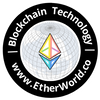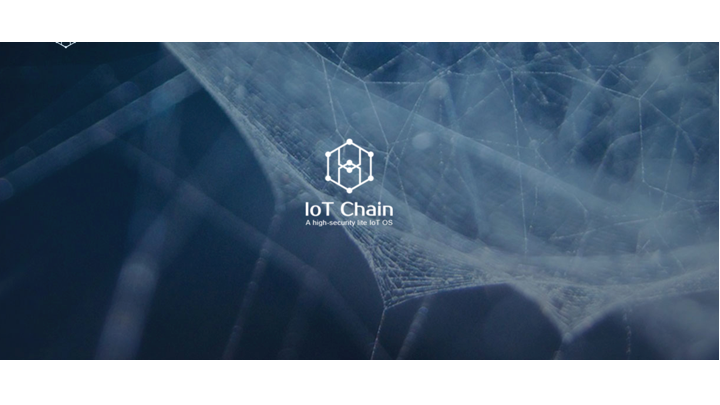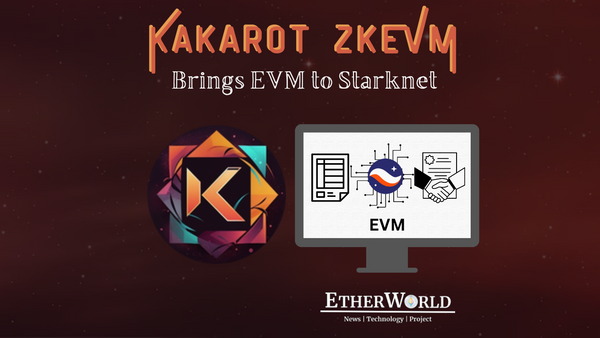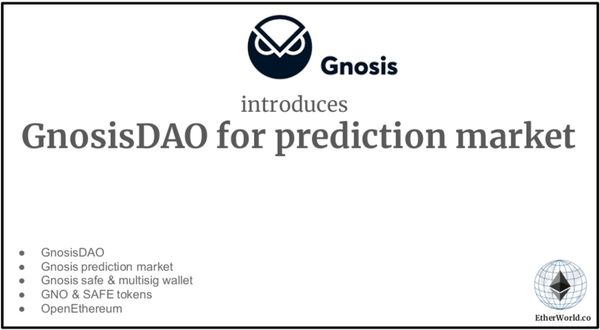Press Release
The IoT is presently facing a lot of challenges such as securing user data from getting hacked by cybercriminals. IoT Chain happens to be an operating system for the IoT network that links Internet of Things (IoT) devices. It was designed to solve the severe issues faced by the Internet of Things central technology itself. The IoT Chain combines the asymmetric encryption of cryptography, semi-homomorphic-encryption technology and trying to fit them all in a decentralized system where they would be no need for a centralized data center. ITC (IoT Chain) therefore makes it possible to protect user devices while keeping their data safe from being tampered with by hackers.
The Internet of Things (IoT) is an interconnection of computing devices/objects, with each object having its unique identifier that allows them exchange data within the present internet facilities. The application of IoT technology is found in lots of industries which include healthcare, transportation, and construction among others. Though they didn't name it until in 1999; the development of IoT has been ongoing for a long time. The first ever internet appliance which was a Coke machine at Carnegie Melon University sometime in 1980. The purpose of this was to connect to the Coke machine over the internet to check if the device is active or not, or if there are cold drinks in it. The problem of IoT is the centralized architecture that can be easily breached.
IoT chain uses DAG's (Directed Acyclic Graph) to solve performance problems which help in a lot of ways when it comes to transaction performance. Because lots of data is collected on IoT devices, IoT Chain operating system become a data ecosystem. Anyone who wants access to the data on the blockchain for analysis, artificial intelligence training, or merely trying to optimize advertising campaigns would need to submit a chain code to IoT Chain. When the code is executed, the party requiring the data automatically pays ITC tokens to people who were the original owners of these data, all the while keeping personal user data private.
The IoT Chain nodes use the Simple Payment Verification (SPV) process. This process enables verification of payments without maintaining blockchain information. It also uses the SPV technology in solving data expansion problems faced by major networks and DAG.
The IoT chain applies the Practical Byzantine Fault Tolerance consensus algorithm. This is to improve the chain's processing performance on the proposition of achieving a consensus of the chain's decentralization.
ITC is the abbreviation of IoT Chain. It’s the token used on the IoT Chain blockchain. There will be a total of a hundred million (100M) ITC tokens. The ITC tokens are currently traded at Huobi.pro, OKex, and CEX exchanges. Though there are only half of the coins in circulation, the other half of the ITC tokens are said to be locked up to prevent price fluctuations. It's also meant to resist quantum attacks. IoT Chain blockchain implements both the PoW (proof of work) and the PoS (proof of stake) methods.
With IoT, token holders are given the opportunity to lock in their tokens for a reward if they choose to hold for specific months. Token holders are given the opportunity to access smart devices which are connected to the blockchain. As the system gets larger, abstracted data can be sold and bought with ITC tokens. Presently, the ITC is an ERC20 token, but that's all about to change as plans are underway to release the wallet and main net. Once this is done, the ITC ERC20 tokens are then swapped for the real coin of the IoT Chain network.
The roadmap as displayed on their official website shows the plans of the IoT Chain and when they are implementing every phase.
- 30th November 2017: The main chain is tested.
- 30th January 2018: Wallet app for the ITC tokens will be tested.
- 30th April 2018: The main chain test would have been accomplished.
- 20th May 2018: ITC main chain wallet should have accomplished all testing phases at this time.
- 30th September 2018: Testing starts on the DAG network.
- 30th December 2018: DAG network is to come online.
- 28th February 2019: The joint debugging of DAG network and the main chain would have been accomplished.
CEO Xie Zhuopeng leads the ITC team, and he has been actively engaged in developing smart hardware devices for over four years. The team involves Ding Ying (CTO), Zhao Tan (CFO), along with notable advisors such as Liang Ran and Lv Xinhao.
IoT Chain brings a big improvement to the current IoT system while also achieving something that has not been done before. Aside from its token being a store of value for investors, users on the IoT chain who feeds the blockchain with data from their daily activities are paid directly for the data they provide.
More information on the project is found on the links below.
- Website: https://iotchain.io/
- Whitepaper: https://iotchain.io/pdf/web/ITCWHITEPAPER.pdf
- Telegram: https://t.me/IoTChain
- FAQ: https://docs.google.com/document/d/1UUQFGav30bdT1nwlBbb4bEsnqkAMVWAr2N1fV_Nh9jY/edit#heading=h.drqwrxyo9gfz
- Medium: https://medium.com/huobi-global/what-is-iot-chian-itc-34812f79e8e
- Coinmarketcap: https://coinmarketcap.com/currencies/iot-chain/
Also read: The IOTA of China? How IoT Chain ($ITC) Is Securing The Internet Of Things
Disclaimer: This is a sponsored press release and should NOT be viewed as an endorsement by EtherWorld. Readers are requested to do their research before investing into any project.
Follow us at Twitter, Facebook, Google+, Steemit and Medium for more interesting stories. To receive weekly newsletter, subscribe here. Publish Press Release and list ICO at our website.








